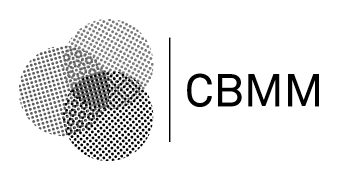CBMM Weekly Research Meeting: Scale-invariant representation of space, time, and number
Abstract: The Weber-Fechner law is a foundational rule of psychophysics that applies to many sensory dimensions. Biologically, the Weber-Fechner law can be implemented by a set of cells with receptive fields supporting a logarithmic scale. Psychologically, we have the ability to preferentially access subsets of these scales, for instance directing attention to a particular part of retinal space or a particular range of frequencies. We propose that many forms of memory utilize an analogous scale-invariant representation for time. However, it is computationally non-trivial to construct and update a Weber-Fechner timeline. A scale-invariant timeline could be constructed by updating the Laplace transform of history in real time and then approximating the inverse Laplace transform with lateral inhibition circuits. This formalism can be adapted to compute scale-invariant representations of other variables, such as spatial location or number, to which we have access to the time derivative. We review neurophysiological evidence, including data from hippocampal place cells and time cells consistent with this view. Given the ubiquity of Weber-Fechner scale representations, this raises the question of how the brain might compute with Weber-Fechner registers. We suggest that many of the elemental operations necessary for flexible cognitive computation could be readily accomplished in the Laplace domain.







